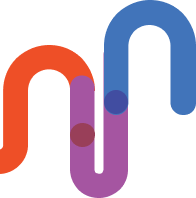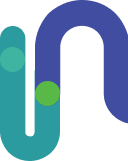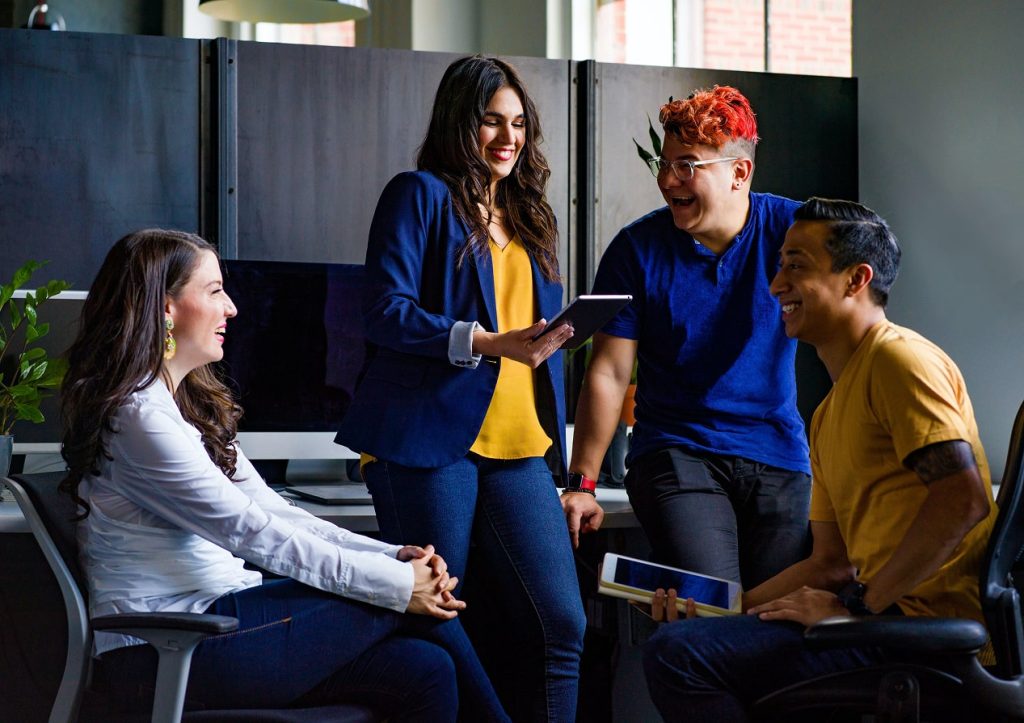


I travelled to Vaasa, Finland, as an Irish participant in an INCLUDE ME event. It was a four-day programme with people from across the EU, including Turkey, Ukraine, Germany, Austria, Finland, and Sweden. From the start, the mix of experiences and perspectives shaped every conversation. It was eye-opening in the best sense: honest stories, careful listening, and space to reflect.
Across the four days we shared experiences from war-stricken countries. Hearing these accounts changed how I approached every discussion. They grounded the theory in real life. We also debated hot news topics that we found through social media. The pace of online information was part of the lesson. We looked at what trends, why it spreads, and how our own reactions can either add heat or add clarity. The war in Gaza came up often. It demanded care, facts, and respect.
We spent focused time on how algorithms shape what we see. I learnt how feeds prioritise speed, emotion, and engagement. That can hide context and push extreme content to the top. We looked at examples of fake news and how biased information can slip into our timelines through subtle framing, selective images, or half-true claims. This made me more alert to why two people can open the same app and see two different worlds.
A major strand of the event was digital mediation. We focused on how to keep dialogue constructive online, especially when topics are sensitive or polarising. I practised slowing down before responding, paying attention to context, and choosing words that reduce conflict rather than increase it. Linked to this, we worked on activities about hate speech online and how to overcome its effects. These sessions were practical. They showed me how harmful content influences people and how to respond in ways that protect those targeted while keeping discussions within safe boundaries.
We also strengthened basic verification habits. I learnt to pause before sharing, check sources and dates, and look for original evidence. This helped me spot when a “breaking” post was old, when a caption was misleading, or when a headline carried a clear bias. It was simple practice, repeated across real posts, and it worked.
INCLUDE ME is a cross-EU initiative that uses inclusion through mediation to strengthen the role of digital media in promoting participation, democracy, and peacebuilding. That aim was present in every activity. It was visible in the mix of countries in the room, in the topics we chose, and in the way we handled disagreement. By comparing experiences across different contexts, I began to see shared habits that can make digital spaces healthier.
By the end, I could see what I had gained. I had taken part in collaborative and research-based learning. My critical media literacy had grown through repeated practice with social media examples, including those shaped by algorithms, fake news, and bias. I felt more able to identify, create, and disseminate inclusive digital content. Most of all, I left with a clearer sense of my role in digital spaces: to listen first, check sources, and support dialogue that brings people in rather than pushes them out.